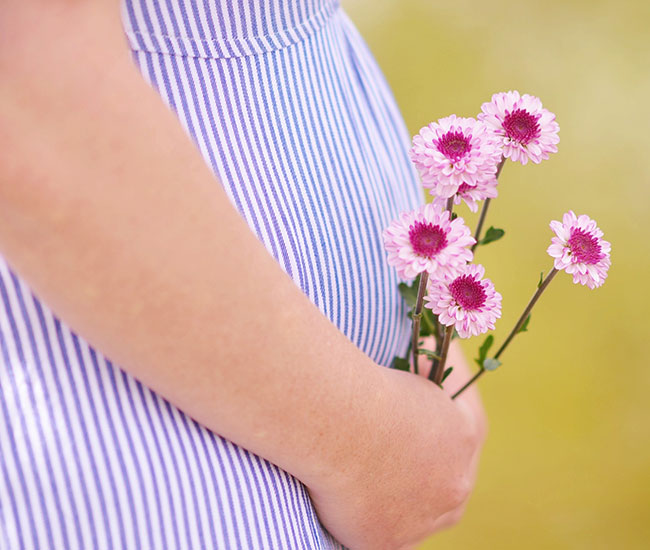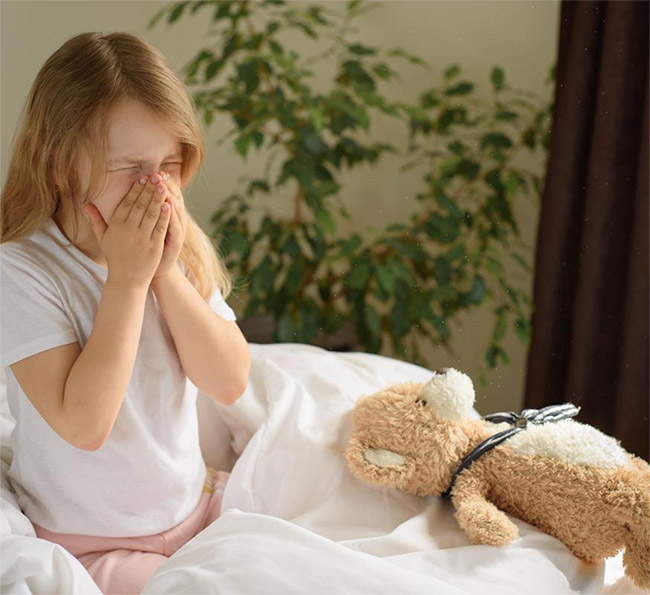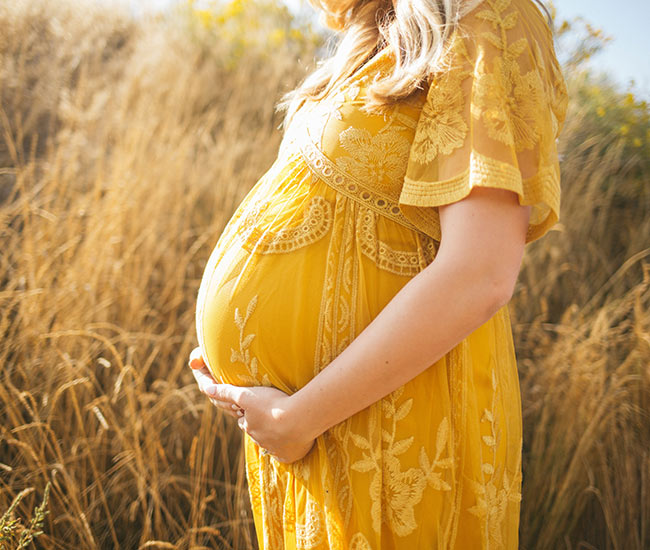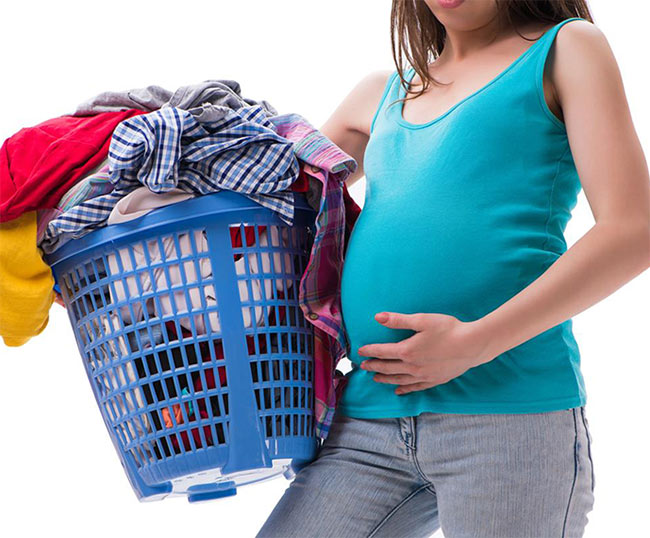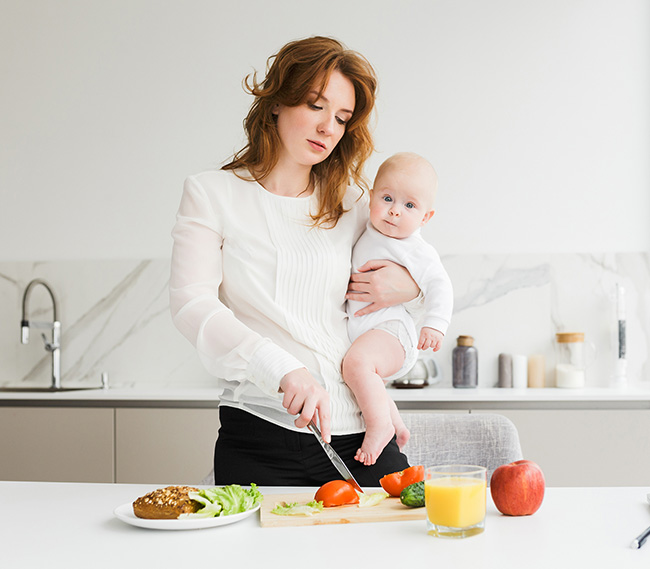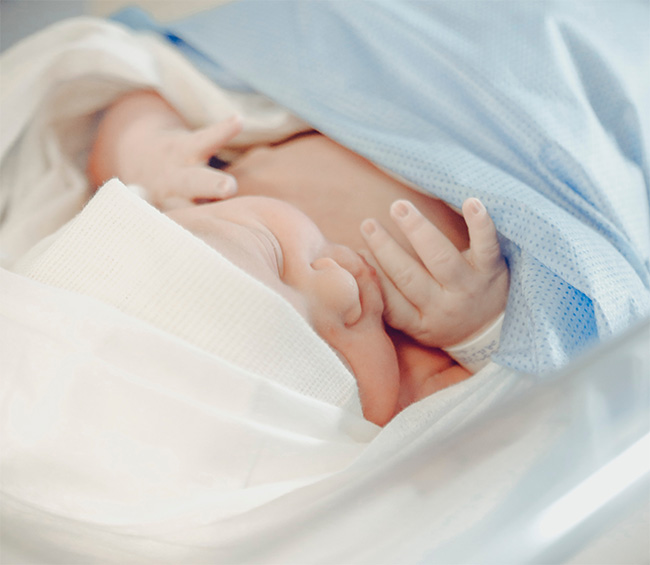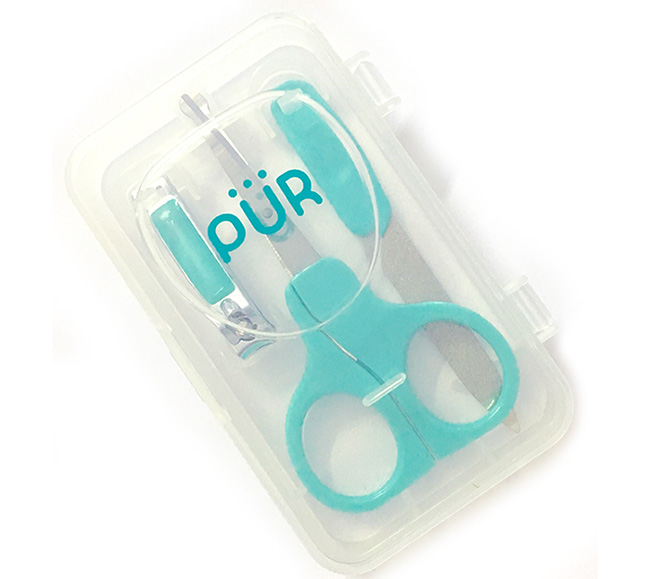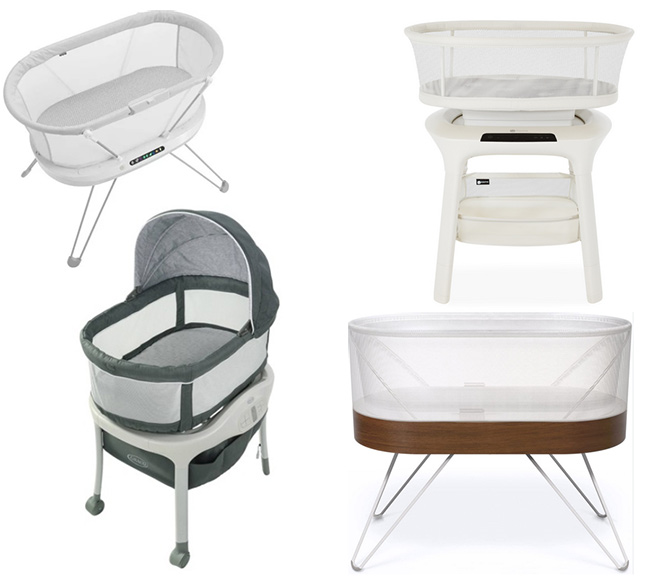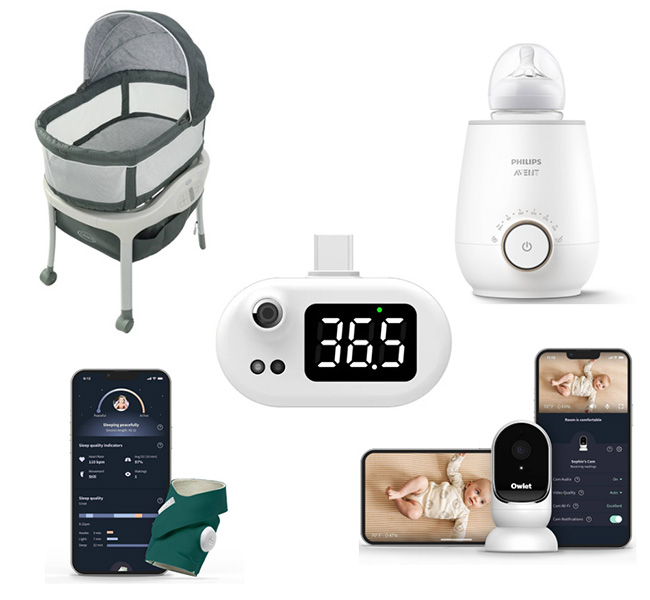8 Tips on How to Transition Your Baby to a Crib Smoothly
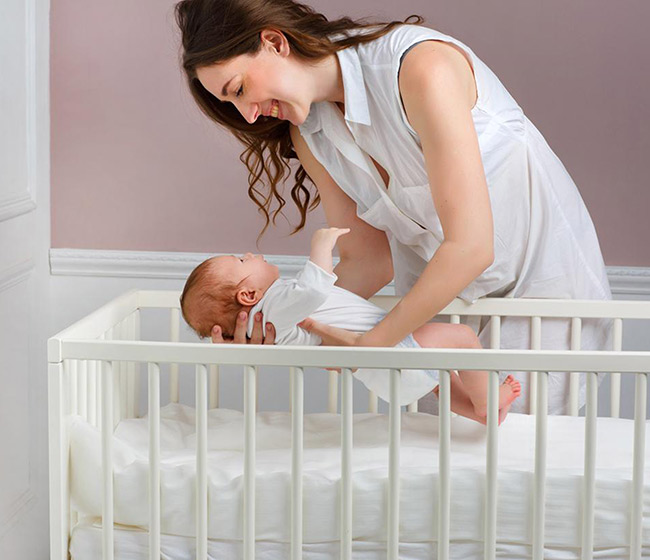
Moving to a crib is an important milestone, both for your child's safety and their growing independence. While it may seem daunting, with careful planning and patience, this transition can be a smooth and positive experience for both you and your baby. Let me walk you through the steps to make the transition as seamless as possible.
1. Timing Is Key
The ideal time to transition your baby to a crib is typically around 3-6 months old, when they have outgrown the bassinet or show signs of increased mobility. However, every baby is different, so consider your child's individual development and your own gut feeling. You can keep the baby little longer with you or can transition him early then 3 months.
2. Create a Safe Sleep Environment
Before making the move, ensure your baby's crib is safe and comfortable. Make sure the crib meets current safety standards with proper spacing between the bars, no loose parts, and a well-fitted mattress. Remove any crib bumpers, pillows, stuffed animals, or blankets that could pose suffocation hazards. It is also best to install baby monitor to ensure the safety if the crib is in another room.
3. Gradual Transition
Transitioning to a crib can be a gradual process. Introduce your baby to the crib during daytime naps or playtime. This helps them become accustomed to the new sleeping environment without the pressure of bedtime. Start by having your baby sleep in the crib for one nap a day or for part of the night until he get comfortable and start enjoying his new space. Each day you can increase the time little bit until he start to sleep for full night.
4. Consistent Bedtime Routine
Maintain a consistent bedtime routine to provide comfort and predictability. This might include a warm bath, a soothing lullaby, and cuddle time. Babies are more adaptable to routines and if you have created a consistent bedtime routine, he will want to follow that and sleep on his time regardless of place.
5. Dress the Crib Comfortably
Use lightweight, breathable bedding for the crib preferably in light colors. Also choose comfortable sleepwear and dress him according to room temperature. You can use sleep suits if you want which are suggested by baby sleep experts. Don't overheat the room and keep it on comfortable scale for baby. Consider allowing your baby to have a special comfort item in the crib, such as a soft blanket or a stuffed animal. Ensure these items are safe and appropriate for sleep.
6. Gradual Reduction of Sleep Aids
If your baby has been relying on sleep aids in the bassinet (e.g., white noise machine or swaddle), gradually reduce their use as you transition to the crib. This helps your baby adjust to new sleeping conditions.
7. Stay Nearby
In the early days of the transition, you might choose to stay near the crib until your baby falls asleep. This can provide reassurance and comfort. Don't just put him in and try to leave which can make baby fussy and irritated and fight the sleep. If your baby wakes up in the crib during the night and seems distressed, provide comfort and reassurance. Pick them up, soothe them, and then gently place them back in the crib once they're calm.
8. Stay Consistent and Be Patient
Babies at this age take few days to adapt new things. Even your baby is fussy and you feel like giving up soon, then don't. Consistency is key. Stick to your chosen approach for at least a week to help your baby adapt to the crib. It's normal for your baby to experience some resistance during this transition. Be patient, and understand that it might take a little time for them to get used to the crib.
Remember, every baby is unique, and the transition to a crib may vary in difficulty. Stay patient, provide love and reassurance, and keep safety a top priority. With time and persistence, your baby will become accustomed to the crib, allowing them to sleep comfortably and safely in their own space. If your baby has difficulty adjusting to the crib or if you encounter persistent sleep problems, consult with a pediatrician or a certified sleep consultant for guidance and support.

How to Use Oats for Dermatitis in Babies
One of the most common skin diseases in children, from the time they are born, is dermatitis

3 Best Moisturizers for Your Kids in Winter
As winter approaches and the air gets colder and drier, our little ones’ skin can be particularly...
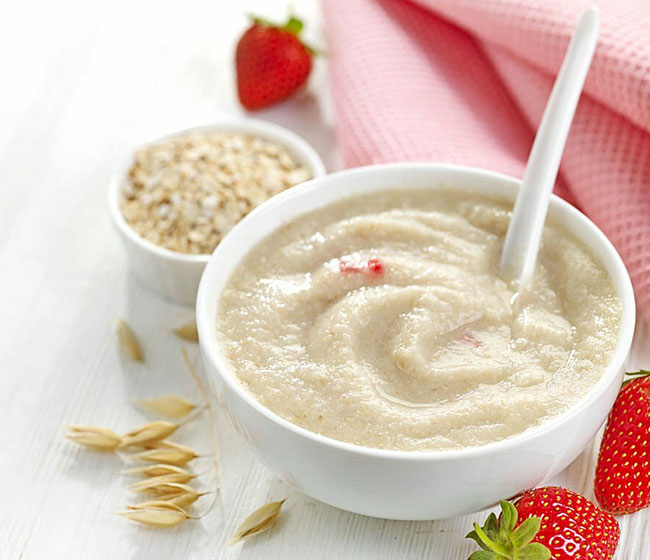
Easy Guide for Making Homemade Baby Cereals
As parents, we all want the very best for our little ones, especially when it comes to their nutr...
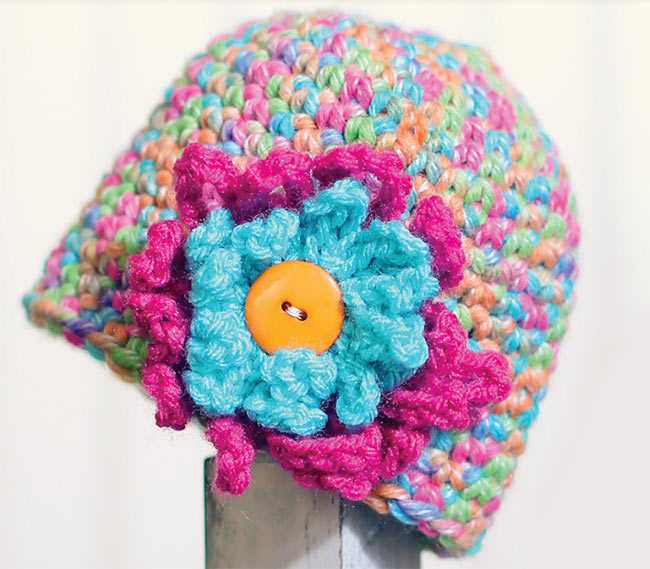
10 Beautiful Baby Crochet Hats Design for Winters
As winter approaches, dressing our little ones in cozy and adorable outfits becomes a delightful ...

Understanding Baby Reflux Symptoms and Effective Treatments
Baby reflux, also known as gastroesophageal reflux (GER), is a common condition in infants.
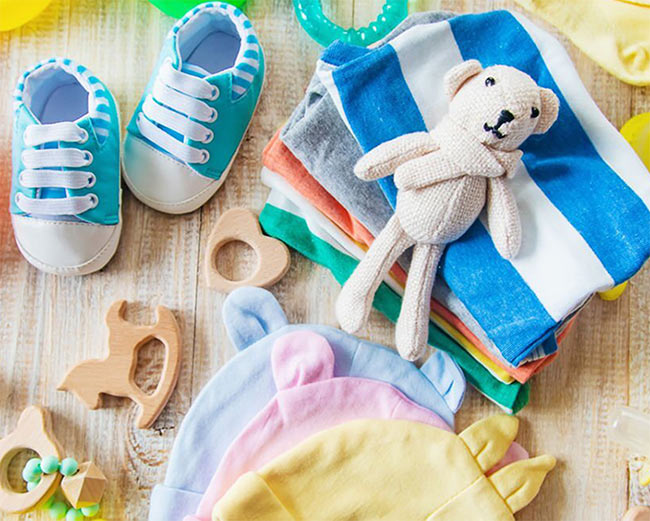
Guide to Buying Essential First Clothes and Diapers for Baby
Welcoming a newborn into the world is a momentous occasion filled with joy, anticipation, and, of...
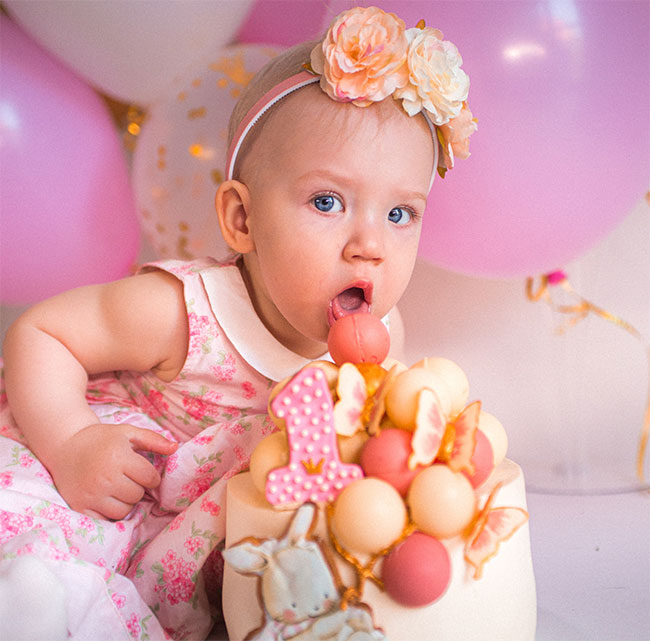
20 Perfect First Birthday Gift Ideas for Babies
The first birthday is a momentous occasion, marking a year of laughter, love, and precious memori...
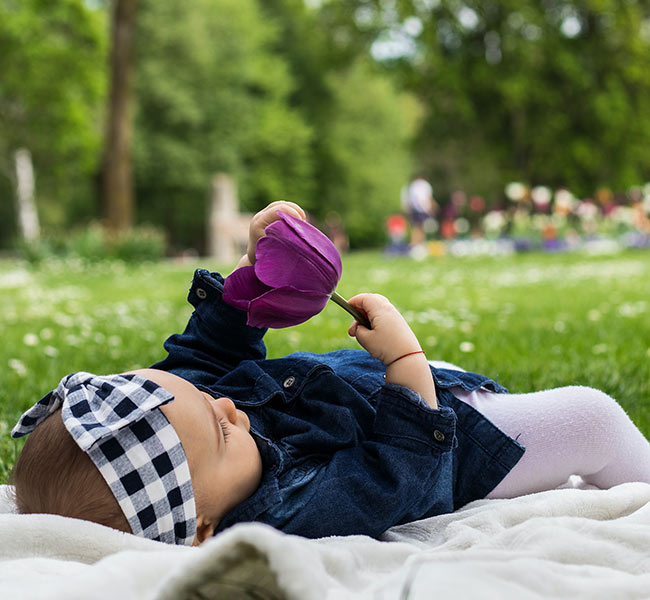
50 Nature Inspired Girl Names with Meaning
The natural world has always been a rich source of inspiration for names, with its abundance of b...
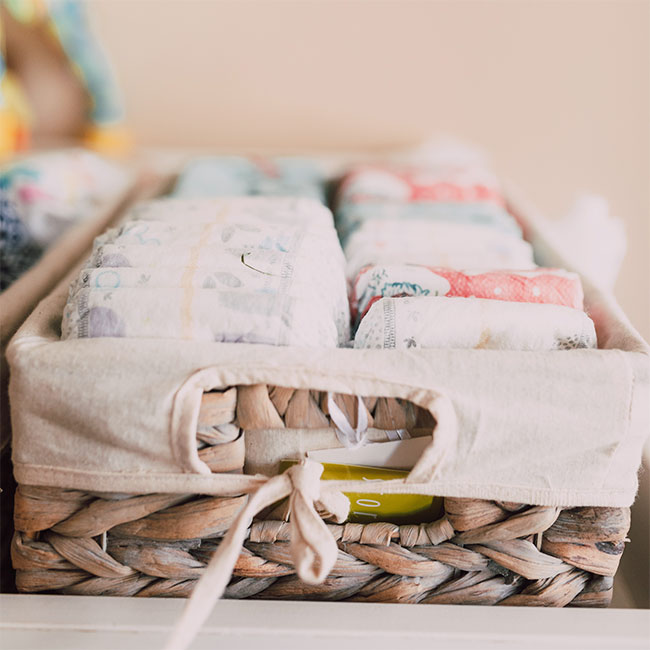
10 Green Diapering Products - Sustainable Way to Keep Baby Clean and Comfortable
Using diapers becomes most important once you have your baby with you. You want him to be clean a...
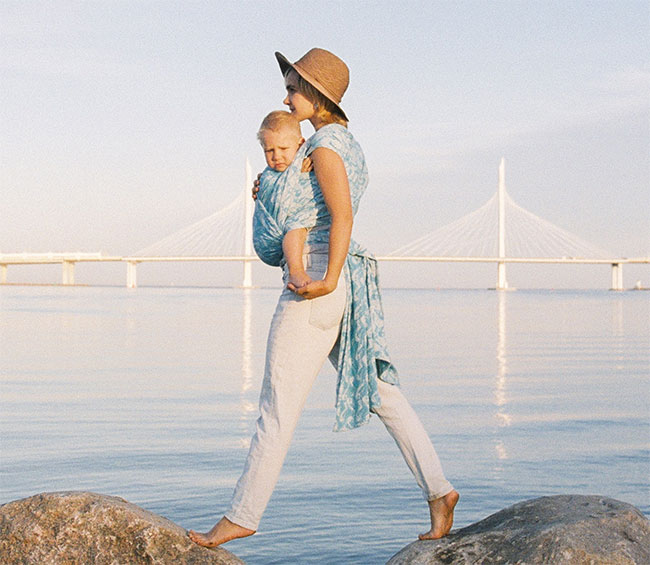
The Ultimate Guide to Choosing the Perfect Baby Carrier
Are you feeling overwhelmed by the countless options of baby carriers available on the market? Tr...
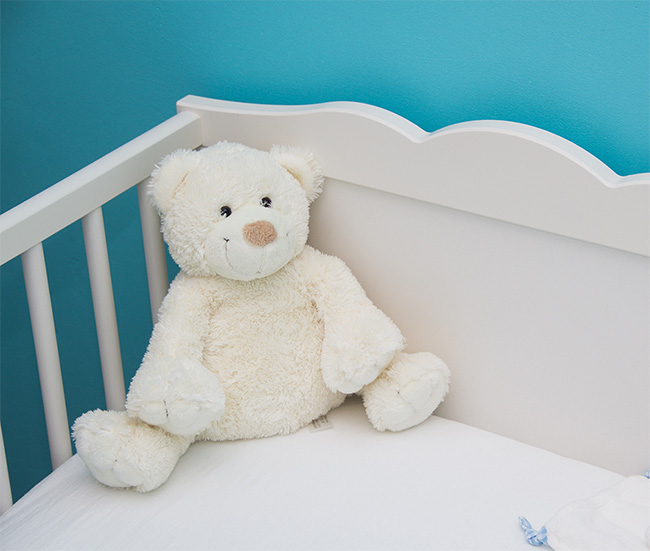
Effective Infant Sleep Solutions for Restful Nights
Remember that sleep patterns vary from baby to baby, and it's normal for infants to wake up durin...
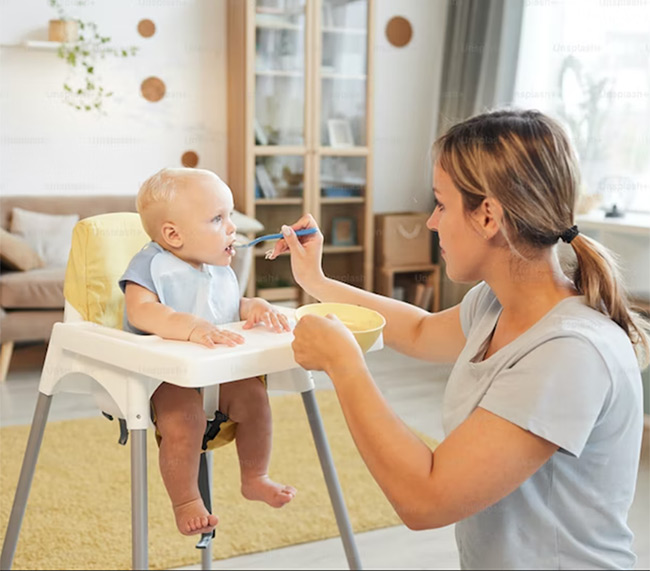
6 Wholesome Plant-Based Baby Food Recipes
Introducing your baby to solid foods is an exciting milestone, and opting for plant-based options...

10 Creative Baby Sensory Play Activities
It is so fun and exciting to watch your baby move around and explore things, while playing, watch...
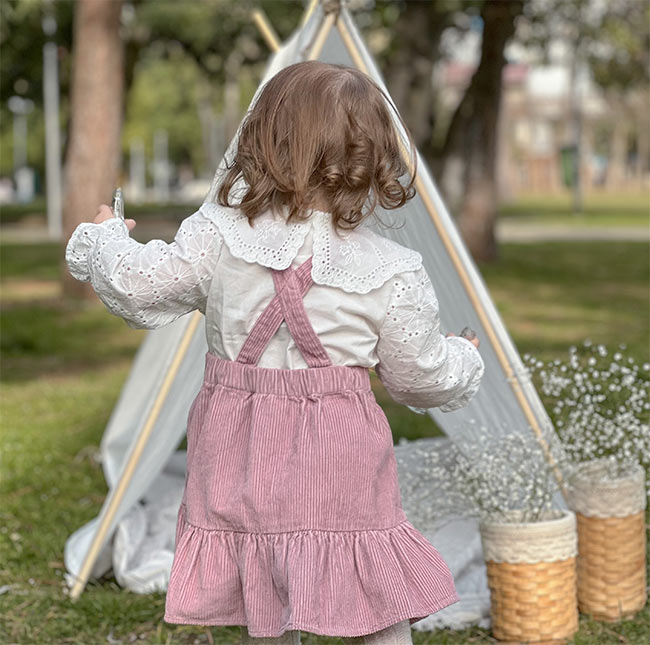
10 Ways to Encourage Outdoor Activities in Your Child
Encouraging outdoor activities in children is essential for their physical, mental, and emotional...
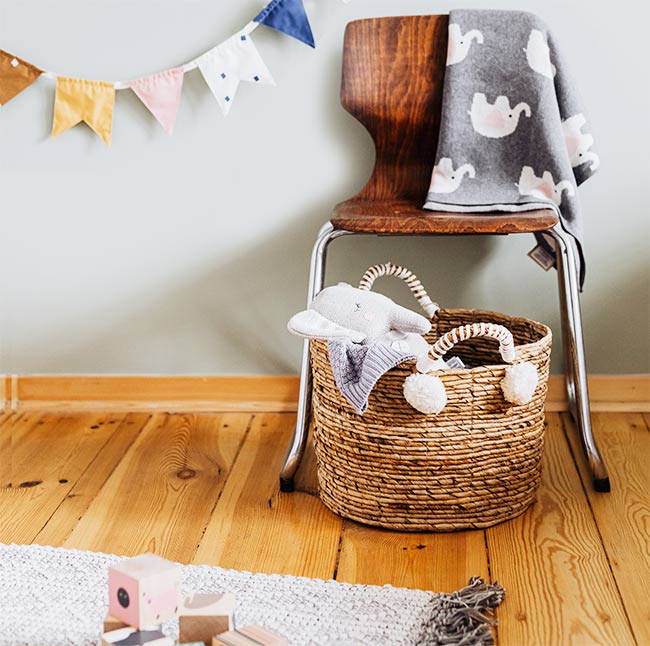
11 Things to Keep in Mind While Setting Baby Nursery
Setting up a baby nursery is an exciting and special project that allows parents to create a safe...
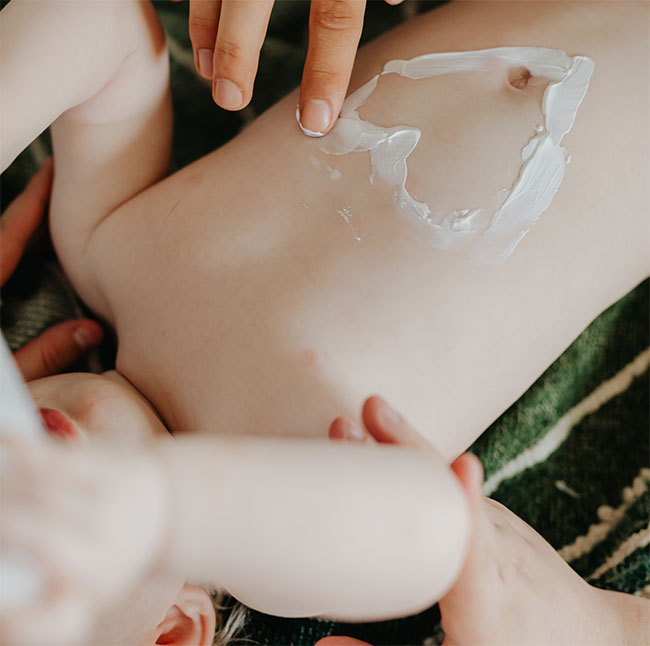
10 Tips on How to Choose Toxin Free Skin Care Products for Your Infant
Choosing toxin-free skincare products for your infant is crucial to ensure their delicate and sen...
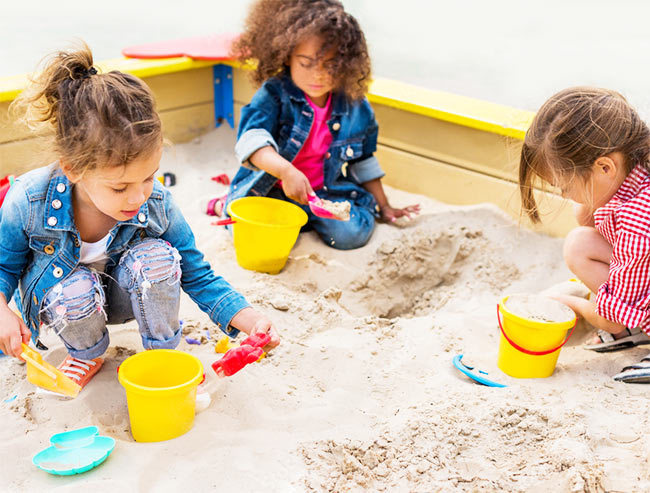
11 Best Outdoor Toys For Kids to Have Fun
When it comes to outdoor play, having the right toys can enhance your child's enjoyment and creat...
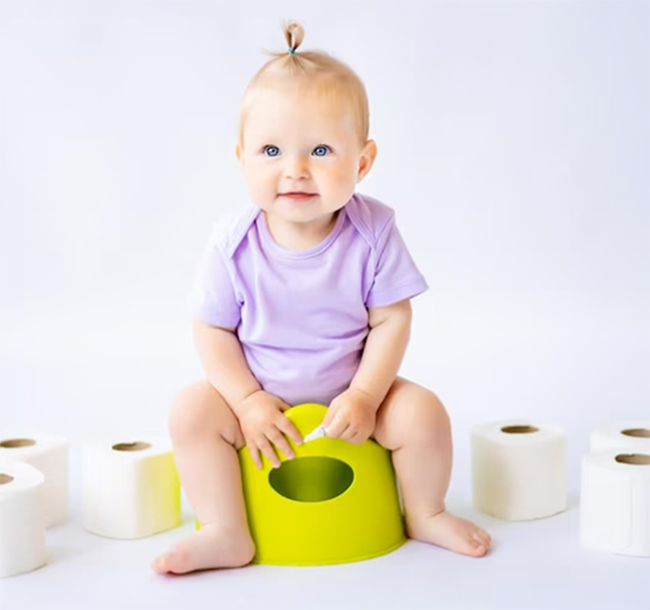
7 Things to Consider Before You Start Potty Training
Potty training is a significant milestone in a child's life, marking the transition from diapers ...
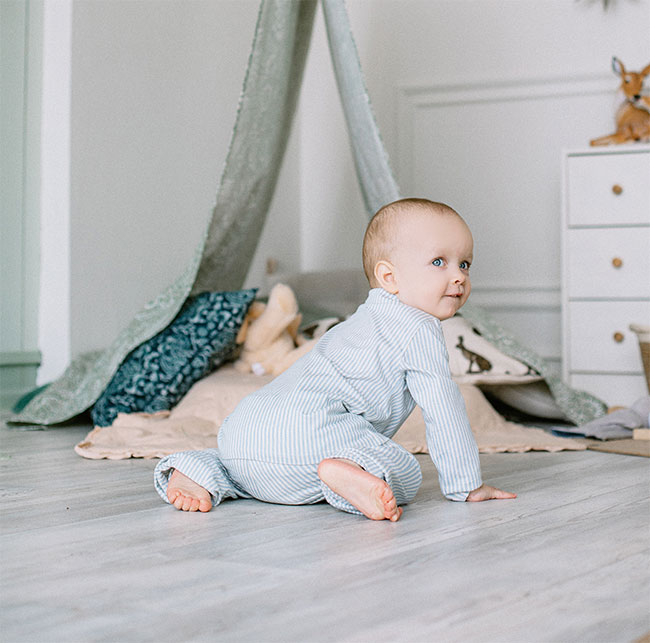
How to Prepare Before Your Baby Start Crawling and Standing
Preparing for your baby's crawling and standing milestones is an exciting time for parents. As yo...
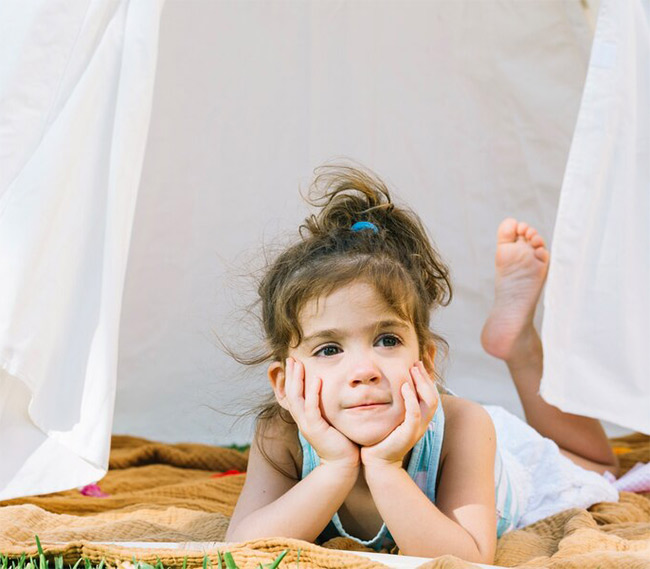
How to Know When It's Time to Drop Naps for Kids
Naps play a crucial role in a child's development, providing them with much-needed rest and allow...

